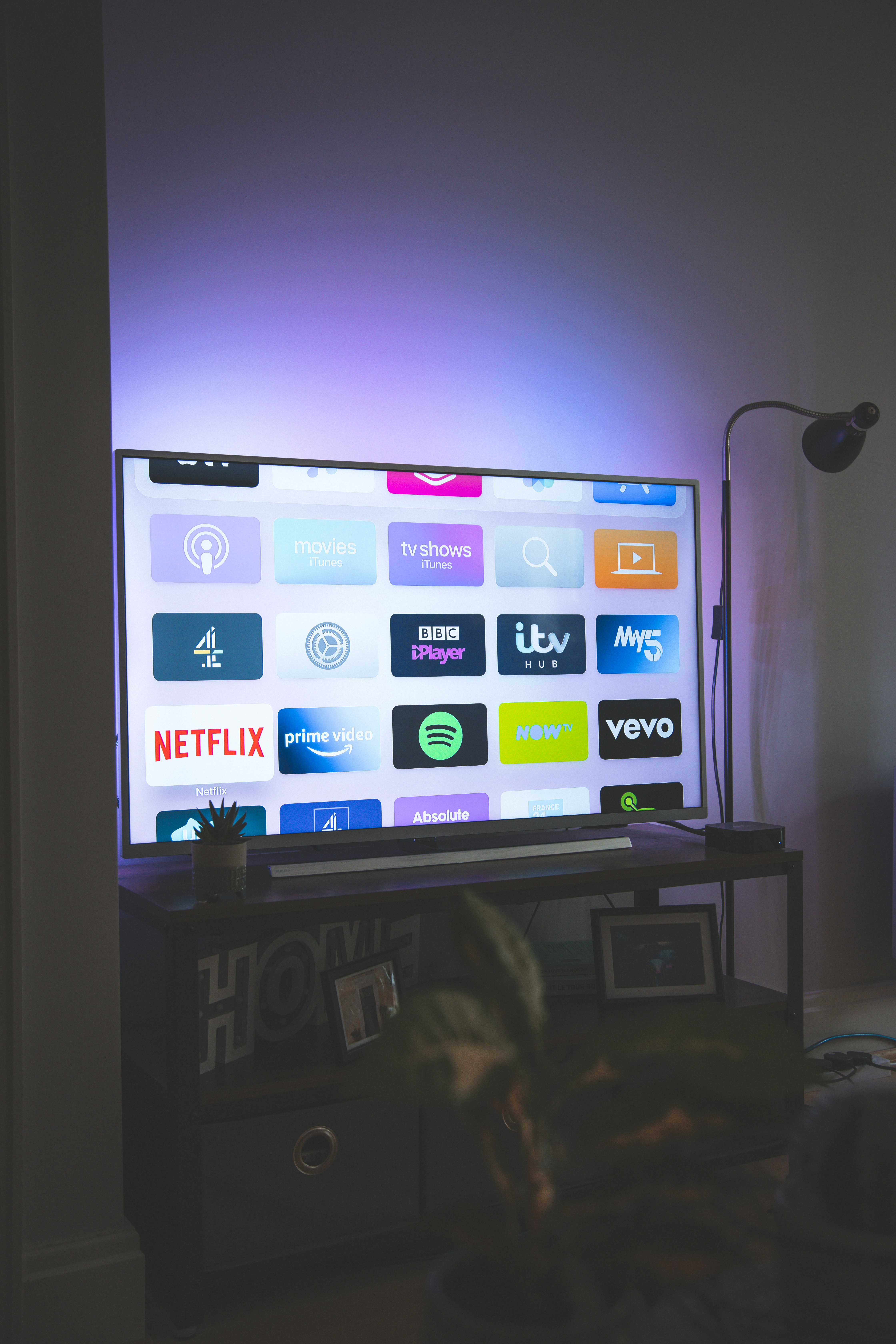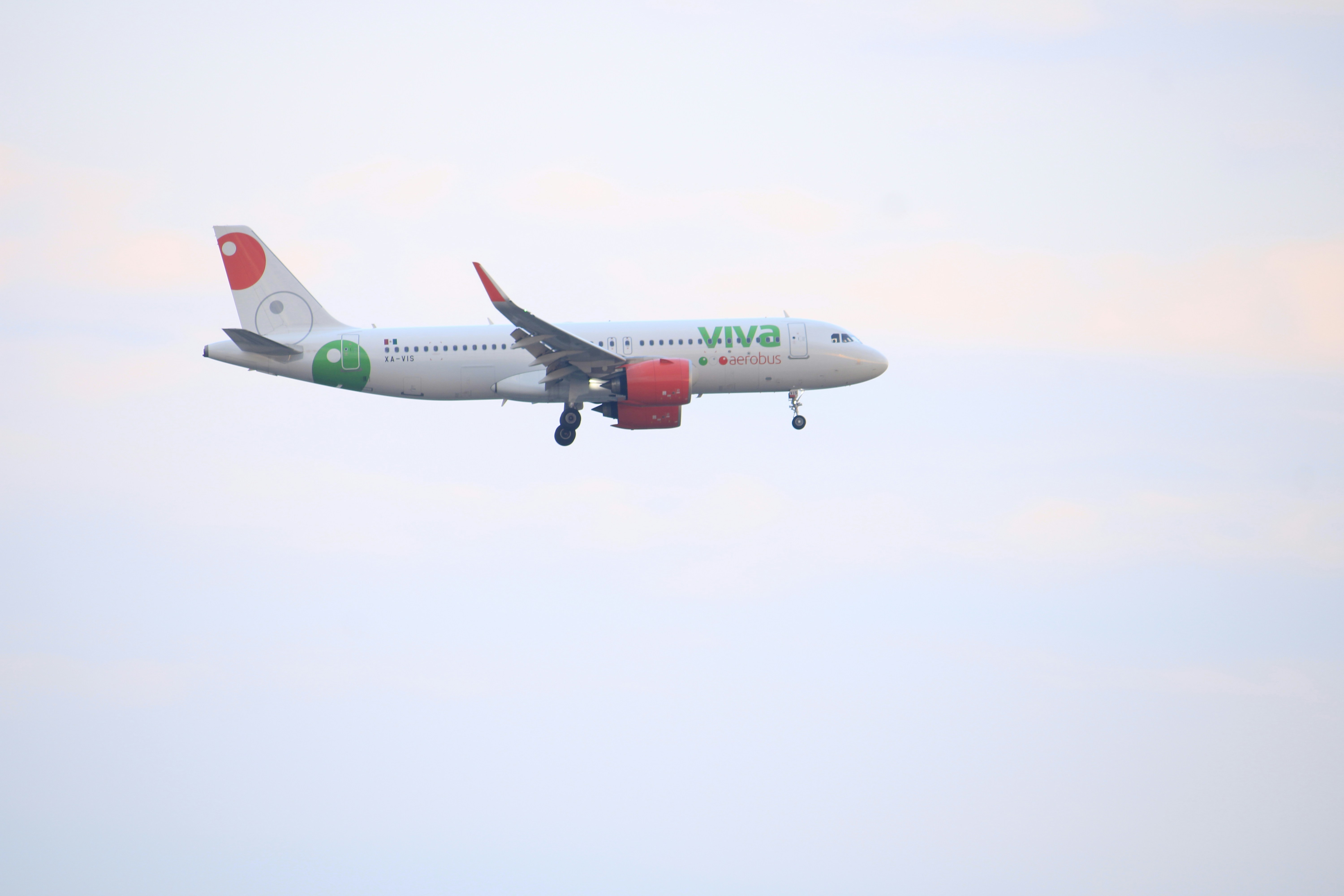The Controversy Behind New York City’s Congestion Pricing: Trump Administration’s Move to Halt the Program
Introduction to Congestion Pricing
Congestion pricing is a strategic approach aimed at managing traffic congestion by imposing fees on vehicles entering highly congested areas during peak times. The primary objective of this approach is to encourage the use of alternative modes of transportation, reduce the number of vehicles on the road, and subsequently decrease traffic bottlenecks. In urban settings like New York City, congestion pricing is considered a crucial tool for enhancing mobility and sustainability.
New York City has been at the forefront of implementing such pricing mechanisms, particularly aimed at its congested central business district. The initiative, which had been deliberated over the years, seeks to charge motorists for their entry during peak hours, thereby discouraging unnecessary car use. This is expected not only to alleviate gridlock but also to promote public transit systems like buses and subways as viable alternatives for daily commuters.
The implementation of congestion pricing aligns with broader urban planning goals, such as improving air quality and generating additional revenue for essential infrastructure improvements. The funds collected through the congestion fees are earmarked for public transit projects, which can further enhance the city’s overall transportation network. Thus, congestion pricing presents a dual benefit: it seeks to mitigate traffic issues while simultaneously bolstering transportation infrastructure.
Moreover, this pricing strategy is not a novel concept; various metropolitan areas across the globe have successfully integrated congestion charges, demonstrating the potential effectiveness of such measures in urban environments. Through careful planning and community engagement, New York City’s congestion pricing aims to create a more equitable and efficient urban transport scenario, contributing positively to residents’ quality of life.
Overview of the Tolling Structure
The congestion pricing program in New York City is designed to reduce traffic in Manhattan while simultaneously generating revenue for public transit improvements. As part of this initiative, a tolling structure has been established that dictates the costs associated with entering specific areas of Manhattan during peak hours. This tiered toll system charges vehicles based on entry points, time of day, and vehicle type, creating a financial incentive for drivers to adjust their travel habits.
The tolls are expected to vary throughout the day, with higher fees during rush hours when traffic congestion tends to peak. For instance, entering the central business district during these times could incur significant charges, potentially exceeding $20 for a single entry. By designing the tolls to fluctuate, the program aims to encourage drivers to explore alternative routes or modes of transportation, thus alleviating congestion and pollution in heavily trafficked areas.
It is also crucial to note that considerations have been made for low-income drivers, reflecting the program’s awareness of equity in transportation. Exemptions from the tolls are available for certain groups, such as emergency vehicles and residents living within the congestion pricing zone. Additionally, a sliding scale is proposed that offers discounts for low-income earners, thereby easing the financial burden on those who may be most affected by these charges.
Overall, the tolling structure of New York City’s congestion pricing program is a carefully crafted system that aims to manage urban traffic while factoring in the diverse needs of drivers. By combining peak pricing with exemptions and discounts, the initiative seeks to create a more sustainable urban environment through its design and operational strategy.
The Trump Administration’s Decision
The decision by the Trump administration to halt the congestion pricing program in New York City has elicited a range of responses from various stakeholders. In a letter addressed to New York Governor Kathy Hochul, US Transportation Secretary Sean Duffy articulated the administration’s reasons for rescinding the previously established agreement. Primarily, the administration cited concerns about potential economic impacts, asserting that the implementation of congestion pricing could adversely affect businesses and commuters who rely on vehicular access to the city.
Secretary Duffy expressed apprehensions regarding the fairness of the proposed pricing scheme, questioning whether it would disproportionately burden lower-income individuals and marginalized communities. The administration framed its move as a pursuit of equitable transportation solutions, suggesting that the current format of congestion pricing may not adequately consider the diverse socioeconomic landscape of New York City. As a result, Duffy’s letter indicated a push for a more comprehensive analysis of the policy before proceeding with its implementation.
This decision has significant implications for New York’s transportation strategy. The state had positioned congestion pricing as a vital measure for alleviating traffic congestion, improving air quality, and generating funds for public transit improvements. The rescindment raises questions about the future of this initiative and its potential to serve as a model for other cities grappling with similar urban congestion challenges. Consequently, this pivot from the federal government introduces uncertainty into the conversation around congestion pricing, as city officials and advocates now reconsider their strategy in light of this unexpected federal intervention.
Moreover, the backlash against this decision from environmentalists and urban planners underscores the tension between federal and local governance in shaping urban transportation policies. Critics argue that the benefits of congestion pricing, including reduced traffic and emissions, far outweigh the perceived disadvantages highlighted by the Trump administration.
Arguments Against Congestion Pricing
Opponents of congestion pricing in New York City have voiced a variety of concerns that center primarily around its impact on working-class citizens and small business owners. One of the most significant points of contention is the claim that this tolling system disproportionately affects low-income individuals who rely on vehicles for their daily commutes. Many argue that an additional financial burden in the form of congestion charges would make access to the city increasingly prohibitive for those already struggling to make ends meet.
Critics also express concern regarding the potential negative effects on small businesses located in or near congestion pricing zones. They maintain that the added costs incurred by customers who must pay tolls to enter these areas could lead to decreased foot traffic and, subsequently, reduced sales. This is especially troubling for businesses that rely on a local customer base, as consumers may seek out alternatives that do not involve additional expenses.
Accessibility issues are another noted concern. Detractors assert that the introduction of congestion pricing could lead to a less accessible urban environment, creating barriers for individuals without reliable public transportation options. For those who work odd hours or have mobility challenges, the added cost and complexity of getting into the city could exacerbate existing inequalities. Furthermore, opponents argue that the revenue generated from congestion pricing does not sufficiently guarantee improved transportation infrastructure or public transit upgrades, raising questions about the efficacy of the program in addressing broader urban mobility issues.
In essence, criticisms of congestion pricing revolve around its financial implications and perceived inequities, raising vital discussions about fairness and accessibility in a city that thrives on diversity and inclusivity. Understanding these arguments is crucial in evaluating the overall impact of the congestion pricing initiative as it continues to evolve.
Federal Highway Program Regulations
The legal landscape surrounding tolling on federally funded roads is primarily governed by the Federal Highway Administration (FHWA) regulations, which dictate the conditions under which states and localities can impose tolls. These regulations are critical in understanding the opposition to congestion pricing from the Trump Administration, as they provide a framework within which tolling practices must operate. Specifically, the Federal Aid Highway Act of 1956 and subsequent amendments established guidelines prohibiting tolls unless certain criteria are met, ensuring that roadways funded by federal dollars remain accessible to all.
One of the central tenets of this framework is the notion that any tolling implemented must not inhibit the free flow of traffic or the accessibility of roadways to the public. Furthermore, the FHWA requires that any tolling implemented on federally funded infrastructure must offer a clear and demonstrable public benefit; this is a significant hurdle for initiatives like congestion pricing. In the context of New York City’s congestion pricing proposal, concerns were raised about the equitable distribution of costs and benefits among different socio-economic groups. Critics argued that such a program could disproportionately impact low-income residents who rely on vehicles to navigate the already congested urban environment.
Additionally, the legal stipulations indicate that any revenue generated from tolling must primarily be used for transportation improvements and cannot be diverted for non-transportation related expenses. This revenue earmarking creates a framework for ensuring accountability but may also impose limitations on the ways in which funds from congestion pricing could be utilized. Without a clear pathway to comply with these regulations, the Trump Administration viewed the congestion pricing program as potentially infringing upon federal guidelines, thereby complicating the proposal’s advancement.
Ultimately, the intersection of local initiatives and federal regulations continues to shape the discourse around congestion pricing. The challenges posed by these regulatory frameworks create significant obstacles, highlighting the complexities of implementing a policy aimed at alleviating urban congestion while maintaining legal compliance with federal standards.
Implications for New York City’s Infrastructure
The proposed congestion pricing program in New York City has been a hot topic of debate, particularly in light of recent attempts by the Trump administration to halt its implementation. This initiative aims to charge vehicles entering Manhattan’s most congested areas, thereby reducing traffic and generating crucial revenue for the city’s aging transportation infrastructure. The potential cessation of this program raises significant concerns regarding the future state of these essential services.
New York City’s infrastructure is under considerable strain, with many of its public transit systems, bridges, and roadways requiring urgent repairs and upgrades. The funding generated from congestion pricing is projected to be substantial, with estimates suggesting it could raise billions of dollars to support critical projects. Without this financial influx, the city may struggle to meet the demands of its aging infrastructure, leading to further deterioration and inefficiency in transportation services.
Moreover, the absence of congestion pricing could exacerbate existing traffic issues, resulting in increased congestion levels and longer commute times for city residents. The scenario may lead to an upward spiral of discontent among the public as public transportation becomes less reliable, and road conditions continue to worsen. This would not only impact the daily lives of New Yorkers but could also deter tourism and business investment in the area.
Long-term consequences could include a deterioration of essential infrastructure services. Without an alternative funding source, the city might be forced to divert funds from other critical areas, leading to cutbacks in maintenance and development across various public services. In this context, halting the congestion pricing initiative could resonate through the entirety of New York City’s transportation framework, ultimately impeding its ability to sustain efficient and modern infrastructure.
Public Reaction and Response
The announcement by the Trump administration to halt New York City’s congestion pricing initiative has generated a significant public response, reflecting a spectrum of opinions from various stakeholders. Commuters, who stand to be directly impacted by any changes to urban transit policies, have expressed concerns regarding increased traffic congestion and its detrimental effects on daily commutes. Many contend that the congestion pricing program would have alleviated some of these issues by incentivizing the use of public transportation and reducing the number of vehicles on the roads. This sentiment among commuters highlights a well-documented frustration with congestion and traffic bottlenecks that are commonplace in the city.
Advocacy groups promoting sustainable transit solutions have also voiced strong opposition to the administration’s decision. Many of these organizations argue that the congestion pricing model is essential for encouraging more environmentally friendly transportation options. They suggest that without this program, the city may fail to achieve its climate targets, especially as urban areas face increasing pressure from population growth and associated traffic challenges. Activists emphasize that congestion pricing is not merely a financial measure, but rather a crucial step toward bolstering public transport funding and enhancing urban air quality.
On the governmental side, local officials have expressed frustration with the federal stance. Many city leaders view congestion pricing as a means to generate revenue for public transportation infrastructure, an urgent need given the aging transit systems. In contrast, some naysayers cite concerns about equity, arguing that the additional costs associated with congestion pricing could disproportionately affect lower-income individuals who rely on vehicles. As debates unfold, it is evident that a variety of stakeholders are affected by this contentious issue, with their voices shaping the narrative surrounding congestion pricing and its potential future in New York City.
Alternatives to Congestion Pricing
The implementation of congestion pricing in New York City has been met with both enthusiasm and resistance. While congestion pricing aims to reduce traffic and fund public transit improvements, various alternative strategies can be explored to help alleviate traffic woes in the city. These alternatives can possibly offer relief without the need for a pricing mechanism that may disproportionately affect certain populations.
One potential substitute is the introduction of a graduated tolling system based on vehicle type or time of day. Such a system would impose higher tolls on larger vehicles or during peak travel hours, encouraging drivers to consider alternative travel modes or times. By implementing a more nuanced tolling strategy, New York City can generate revenue while managing congestion more effectively.
In addition to tolling strategies, significant enhancements to public transportation could be pursued as another alternative. Investing in the expansion of subway lines, improving bus routes, and increasing the frequency of service can provide residents with viable options to reduce their dependency on personal vehicles. Programs that encourage carpooling, such as designated lanes or incentives for shared rides, could also mitigate traffic congestion by allowing fewer vehicles on the road.
Policy changes aimed at reducing vehicular traffic could further support these strategies. For instance, implementing stricter zoning laws to promote mixed-use developments would minimize the need for long commutes. The promotion of bicycle lanes and pedestrian pathways can also encourage healthier and more sustainable modes of transportation. Educational campaigns focused on the benefits of public transit and sustainable travel can instill a cultural shift towards reduced vehicle use.
Collectively, these alternatives to congestion pricing hold the potential for addressing traffic congestion without imposing a financial burden on commuters. Exploring these pathways may lead to a more balanced approach to managing New York City’s traffic issues.
The Future of Congestion Pricing in New York City
The future of congestion pricing in New York City is currently steeped in uncertainty following the Trump administration’s decision to halt the program. As cities around the globe turn to similar initiatives to manage urban traffic and reduce environmental impacts, New York stands at a crossroads. The congestion pricing model, which aims to charge vehicles entering certain sections of the city, intended not only to alleviate gridlock but also to generate funds for public transportation improvements. However, with political and logistical challenges now present, the roadmap ahead appears complex.
State leadership’s response will be pivotal in determining the future of this initiative. Governor Kathy Hochul and New York City Mayor Eric Adams have both expressed support for the program, emphasizing its potential benefits in reducing traffic congestion and funding transit upgrades. They may need to explore alternative strategies to address the federal roadblocks imposed by the former administration while rallying public support. Engaging with the community and stakeholders will be essential to foster a dialogue about the merits of congestion pricing and dispel any misconceptions surrounding it.
Furthermore, the public’s perception of congestion pricing will play a critical role in its future viability. While many residents recognize the systemic importance of managing vehicular traffic, concerns regarding equitable access and affordability persist. If leaders can address these issues effectively, it would enhance the program’s chances of eventual implementation. Given these dynamics, it is likely that New York will consider various approaches—such as tiered pricing models or extended outreach efforts—to ensure that congestion pricing not only alleviates congestion but also serves the interests of all New Yorkers.
In conclusion, while the halt of the congestion pricing program raises concerns, it also opens the door for revisiting and refining the initiative. With a collaborative effort from state leadership and the community, New York City can navigate through these challenges to potentially reinstate and even expand congestion pricing efforts in the future.





